Marine Science
Conservation in the smartphone generation
A remarkable collaboration, drawing parallels between human and animal ecology, uses data from smartphones to protect vulnerable species.
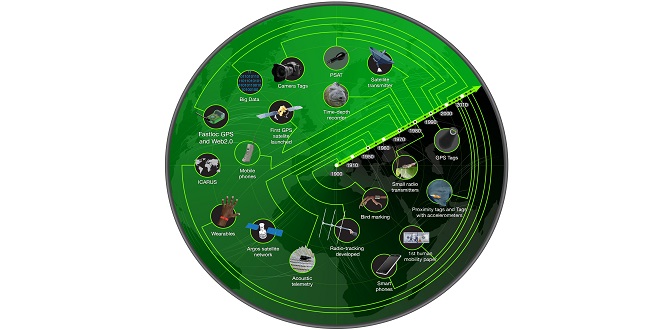
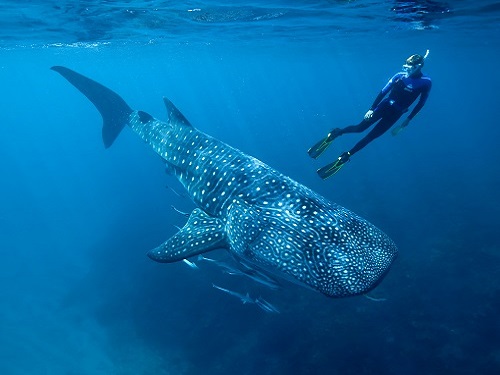
Humans and whale sharks have more in common than you might expect.
© 2017 Mark Meekhan

The smartphone is the latest in over a century of advances in tracking technology.
Reproduced with permission from reference 1.© 2017 Elsevier Ltd.KAUST Ivan Gromicho
A collaboration between researchers from four continents of the world, which began at a meeting on marine megafauna, has led to extraordinary insights into the human species and its behavior.
In 2015, KAUST sponsored a workshop to devise methods for analyzing the movement of thousands of marine animals under changing ocean conditions. This workshop also spawned a novel perspective on human movement, utilizing the unprecedented levels of data emerging from mobile phones to tackle pressing environmental challenges.
The role of KAUST in the collaboration was played by Professor Carlos Duarte, Director of the Red Sea Research Center. He explains that technological advances allow us to pinpoint the position and movement of animals with remarkable accuracy, but tracking has not previously been acceptable in humans. A few pioneering studies used proxies, such as banknotes, to map people movements, but only in the last few years have we, as Duarte puts it, ‘broken through the ethical constraints.’ Now, he points out that about 92 percent of the human population pay to be tracked through their geolocated ‘smartphones.’
Thanks to the smartphone revolution, the study of human movement now lies firmly in the realm of ‘big data’—data so numerous and complex that traditional processing methods are inadequate. Thinking laterally, the workshop participants realized that theoretical approaches from marine biology might be applicable to this emerging field of research.
The team, which included marine biologists, quantitative ecologists, network theorists, physicists and animal behaviorists from across the world, has already used a big data approach to interpret the movements of southern elephant seals1.
Now, they have identified fascinating parallels between how humans and other animals travel2.
The underlying pattern of human movements comprise many short and few long-distance trips to optimize encounters with prey, which matches that seen in many predatory animals, including sharks, reptiles and seabirds. Human movements tend to concentrate around a small set of hubs such as homes, workplaces and shops (equivalent to animal breeding, roosting or foraging sites), and we commute between them en masse. Furthermore, because relationships (both animal and human) are strongly linked to shared localities, movement data can shed light upon social networks and dynamics.
Movement data can be particularly useful for tracking epidemics. Using models from animal ecology, researchers can now replicate—and potentially reduce—the spread of disease. Long-distance transport allows disease to spread rapidly between locations, for instance, along predictable routes such as commuter paths.
Understanding collective movements, particularly during times of stress, such as natural disasters, can help develop strategies for emergency relief. Under stress, human populations behave similarly to schooling fish or flocking birds. This means mobile phone data, used to track movements following the devastating Haitian earthquake of 2010, could help us develop future escape frameworks or better-targeted relief.
Human movement has a huge impact upon the world’s ecosystems through disrupting natural migration routes and by spreading invasive species, disease and pollution. The scientists hope that modeling might provide emergent solutions to some of the most urgent conservation problems. For instance, automated ship identification systems enable them to track fishing fleets and identify non-compliance with fisheries management policies. In India, wildlife rangers now use smartphones to monitor protected species and pinpoint key poaching locations. In Kenya, confiscated smartphones have provided valuable information on poachers’ activities and accomplices. The same mathematical models used to simulate epidemics can predict the spread of invasive alien species; meanwhile, smartphone apps allowing ‘citizen scientists’ to map the locations of roadkills may help protect vulnerable species.
Duarte’s and colleagues’ work is testament to the KAUST philosophy of baseline-funded science, freeing up time for research and collaboration. “I am a scientist,” he declares, “there are no boundaries to the questions I can ask.” His work draws upon KAUST initiatives like the Visualization Core Lab and the Sensor Initiative, which bring scientists together with world leaders in technology to develop a new generation of sensors that are, he says, “better adapted to the animals, their movement and growth, and they are environmentally friendly and have advanced sensing and data analysis capacities—the bird ring of the twenty-first century.” These will be used to explore how marine animals communicate to build a ‘culture’ under the waves.
Duarte also highlights how the open atmosphere at KAUST encourages scientists from different disciplines to mingle on a daily basis, giving scope for finding innovative answers to cross-cutting questions, including some of the big issues facing our planet today. Combining theories from animal ecology with data from the smartphone revolution? That’s the KAUST approach to conservation.
References
- Rodriguez, J.P., Fernández-Gracia, J.,Thums, M., Hindell, M.A., Sequeira, A.M.M., et al. Big data analyses reveal patterns and drivers of the movements of southern elephant seals. Scientific Reports 7, 112 (2017).| article
- Meekan, M.G., Duarte, C.M., Fernández-Gracia, J., Thums, M., Sequeira, A.M.M., et al. The ecology of human mobility. Trends in Ecology and Evolution 32, 198-210 (2017).| article
You might also like

Bioscience
Digging into the world of plant-growth-promoting microbes
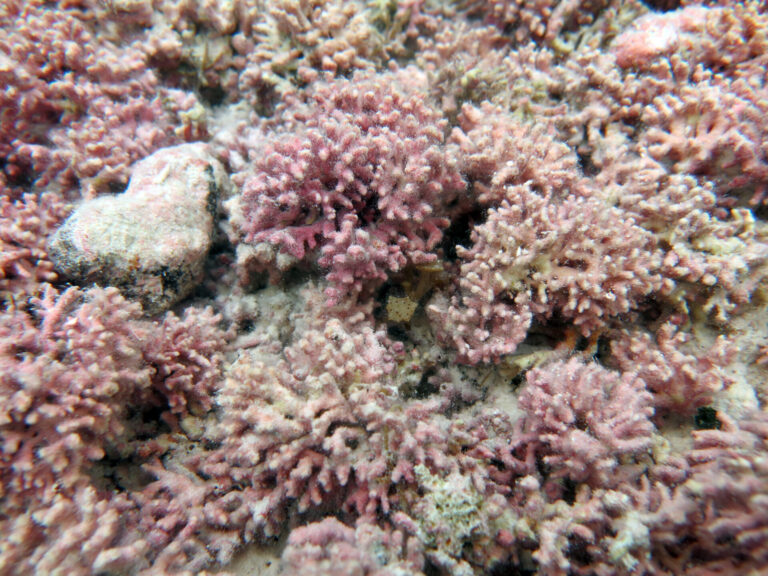
Marine Science
Rhodoliths found in a surprise location

Bioscience
Unique microbiome discovered in mountain streams
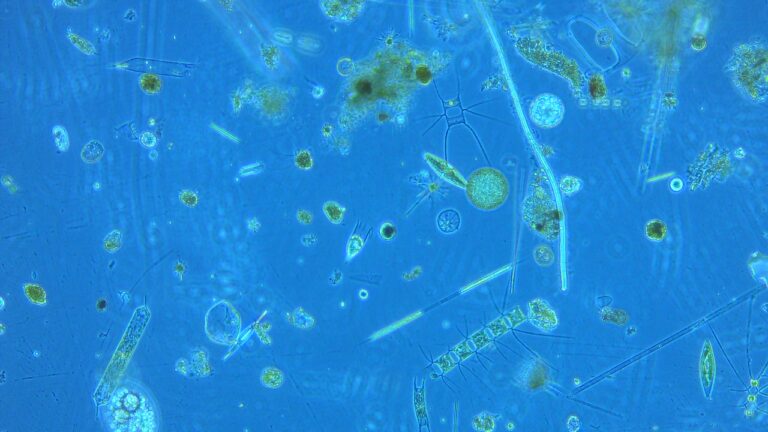
Marine Science
Examining phytoplankton’s past to reduce future algal blooms
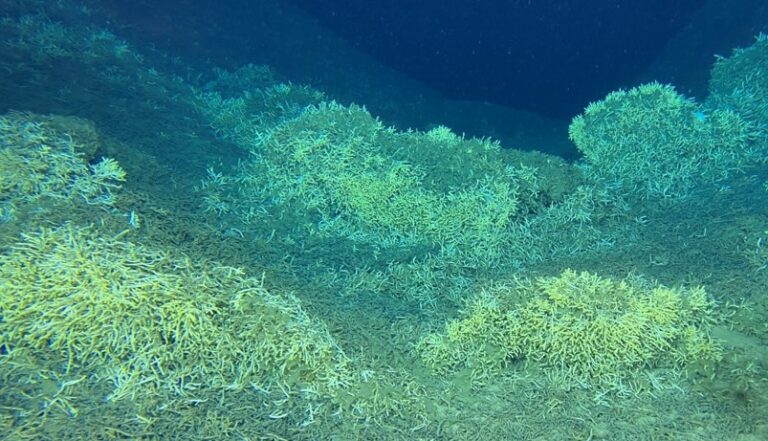
Marine Science
Extensive deep warm-water coral frameworks pinpointed in the Red Sea
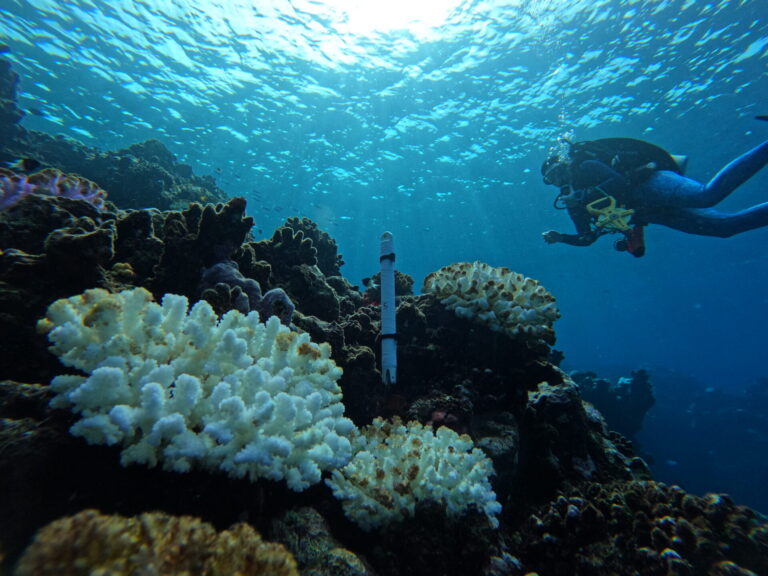
Marine Science
Cheap fixes aid global coral reef conservation

Marine Science
Giving coral reefs a fighting chance for survival
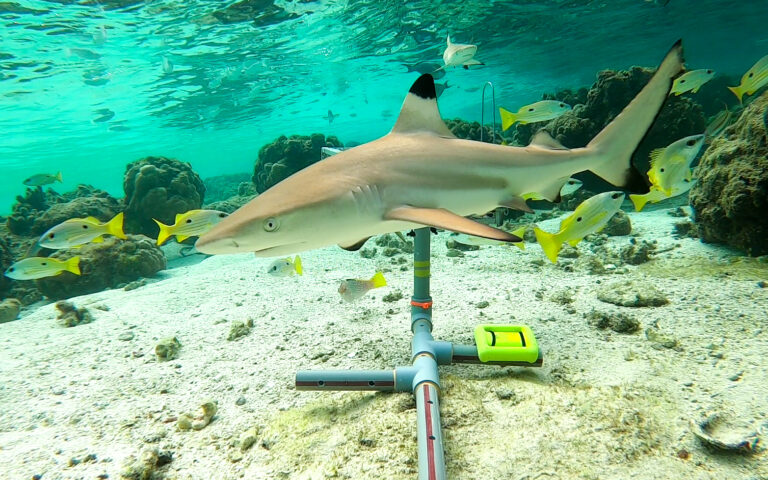
Marine Science



